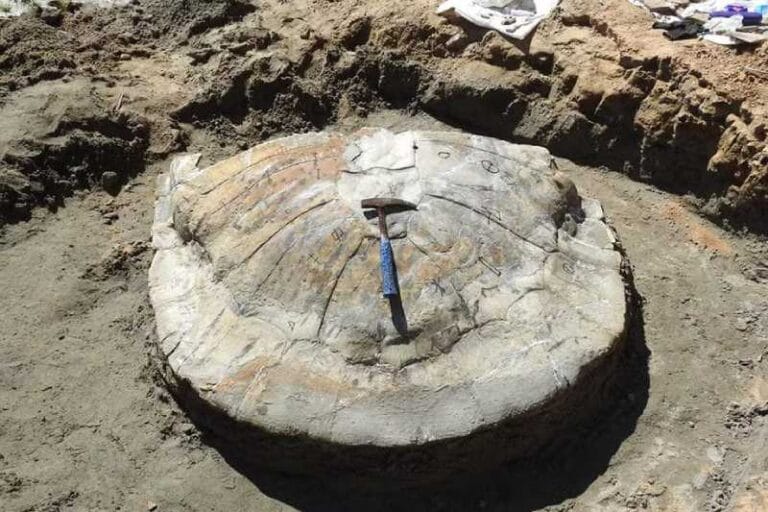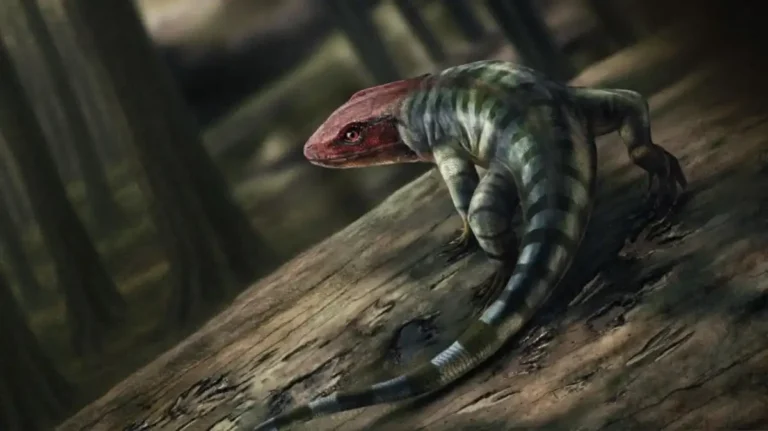New species of fossil cicada discovered in Germany

A new species of fossil cicada has been identified by scientists at the Messel paleontological site in Germany. Named Eoplatypleura messelensis, the discovery represents not only the oldest confirmed record of the Cicadinae subfamily in the world, but also one of the first pieces of evidence of the Cicadidae family on the Eurasian continent.
At around 47 million years old, this ancient insect lived during the Eocene period, when the region where Germany is today was covered in subtropical forests.
True cicadas – from the Cicadidae family – are among the most diverse groups of insects today. However, fossils of this group are extremely rare, which makes the new discovery even more relevant.
“Despite today’s enormous diversity, very few fossils have been found to date,” explains Dr. Sonja Wedmann, paleontologist at the Senckenberg Forschungsinstitut und Naturmuseum Frankfurt. According to her, this new species belongs to the Platypleurini group, known for its broad-winged cicadas and eye-catching patterns.
Two fossilized specimens of Eoplatypleura messelensis have been found in the Messel Mine, a former oil shale deposit located in the state of Hesse. The fossils reveal a cicada with a body length of 2.65 centimeters and a wingspan of 6.82 centimeters.
“It has a compact head, discreet compound eyes and broad forewings with a rather curved anterior edge,” says Dr. Hui Jiang, co-author of the study, linked to several research institutions in Germany, the Czech Republic and China.
Even though it was a female – and therefore lacked the stridulatory apparatus typical of males – the researchers believe that the males of the species produced loud sounds to attract mates, as occurs in today’s cicadas.

The wings of Eoplatypleura messelensis show striking patterns, similar to those of modern cicadas from the Platypleurini group, which live in areas of forest and undergrowth. These designs, according to the scientists, probably served a camouflage function in the subtropical environment of the Eocene.
“The colorful wings may have served as a defense against predators, helping the insect to blend in with the dense vegetation of the time,” comments Dr. Jiang.
As well as enriching the already vast fossil collection at Messel Crater, the new species fills an important gap in the evolutionary timeline of cicadas. “It’s the first confirmed record of a ‘singing’ cicada at this site,” says Dr. Wedmann.
The discovery of Eoplatypleura messelensis also has the potential to serve as a chronological reference in future genetic studies on the origin and dispersal of cicadas in the Platypleurini group.
The full study was published in the journal Scientific Reports, and opens up new perspectives for understanding how cicadas have spread around the world and evolved over millions of years.






